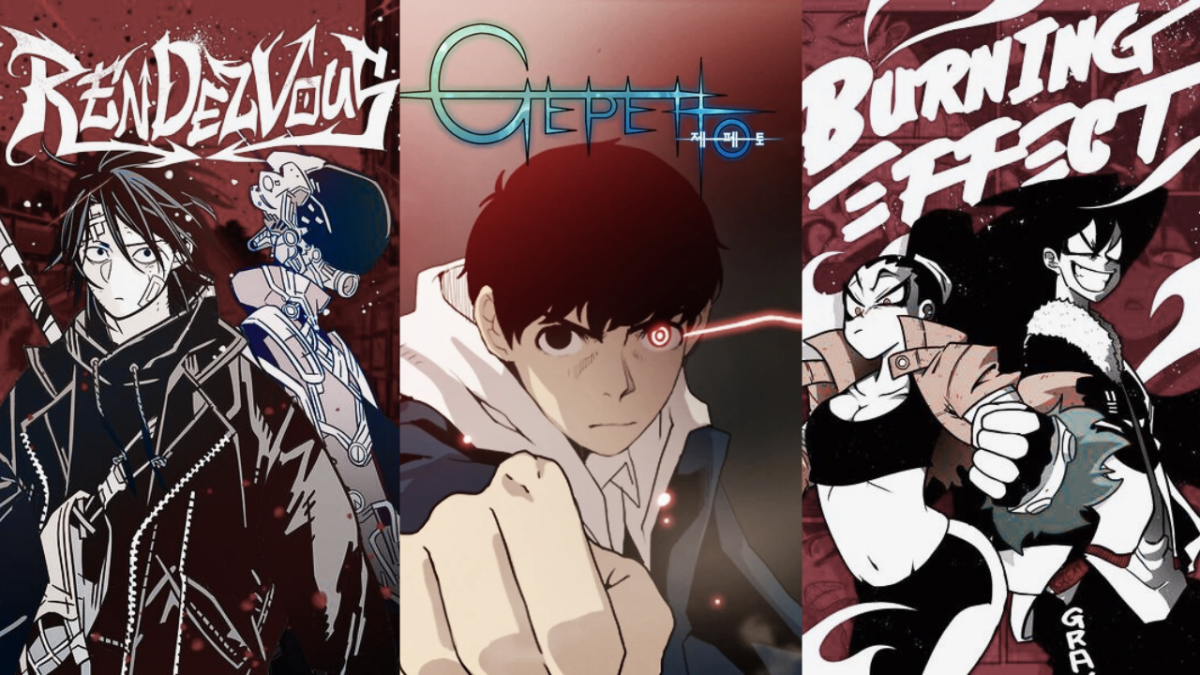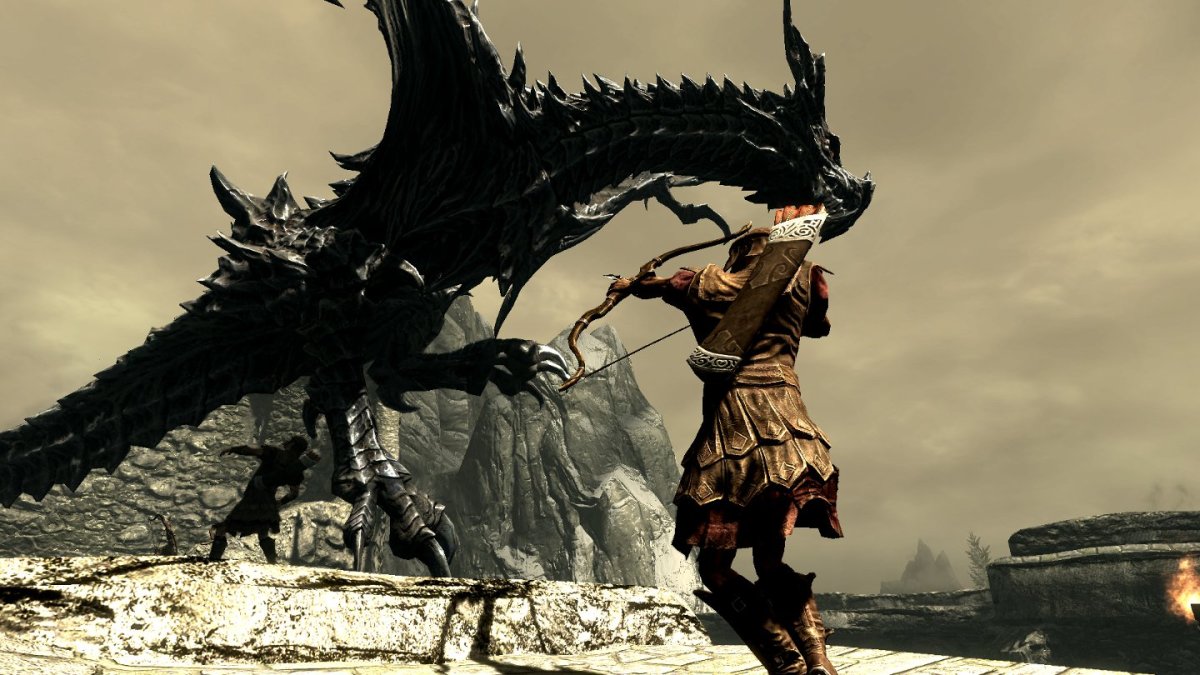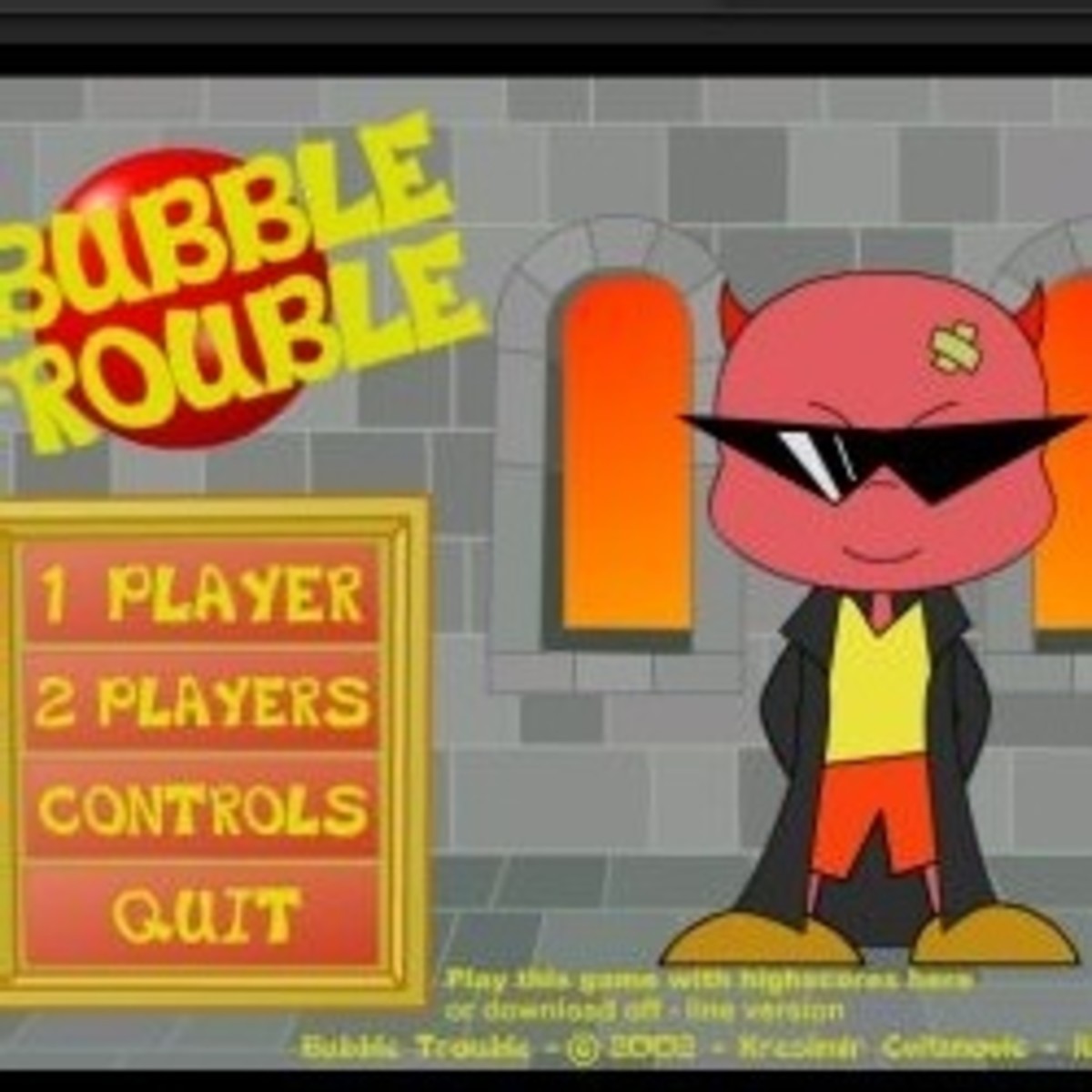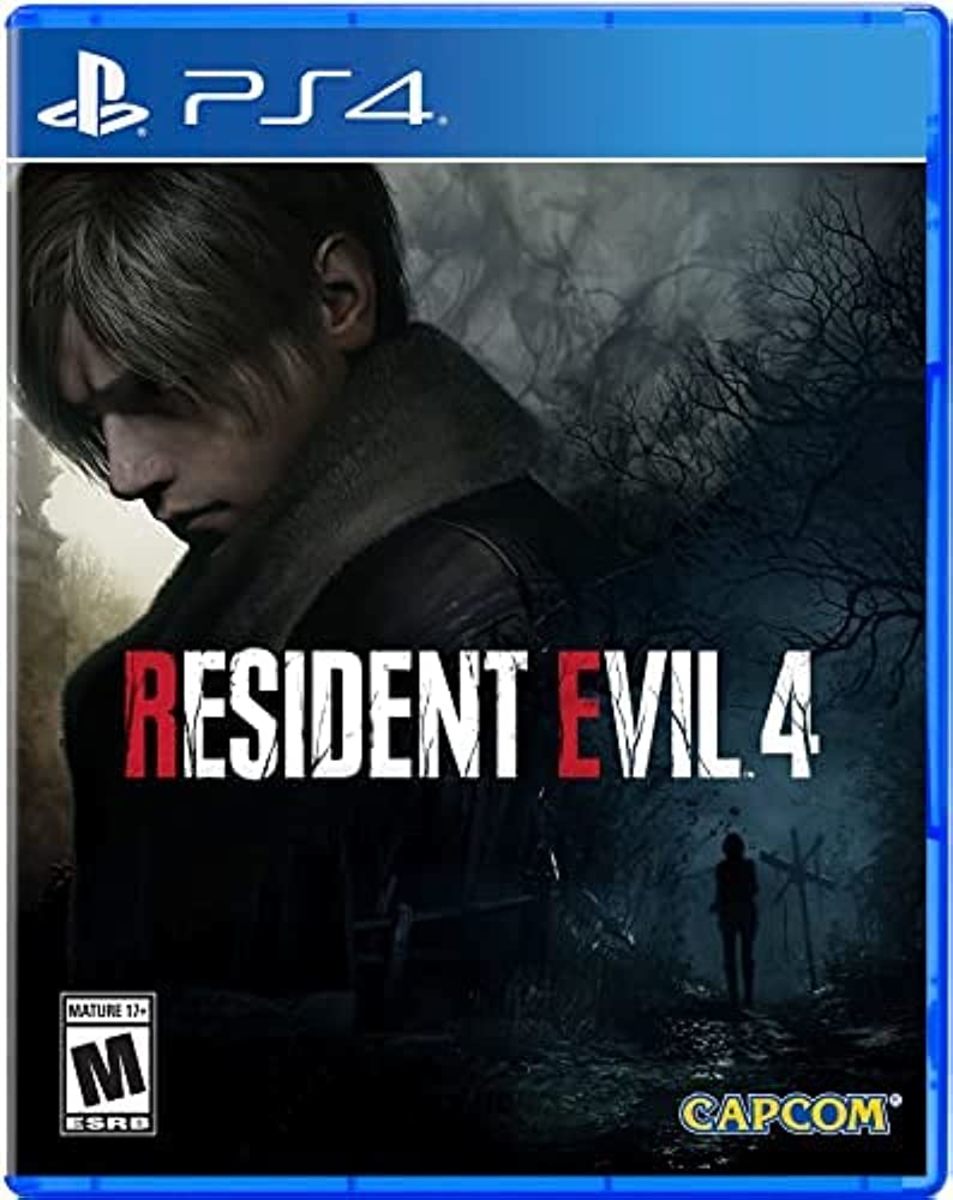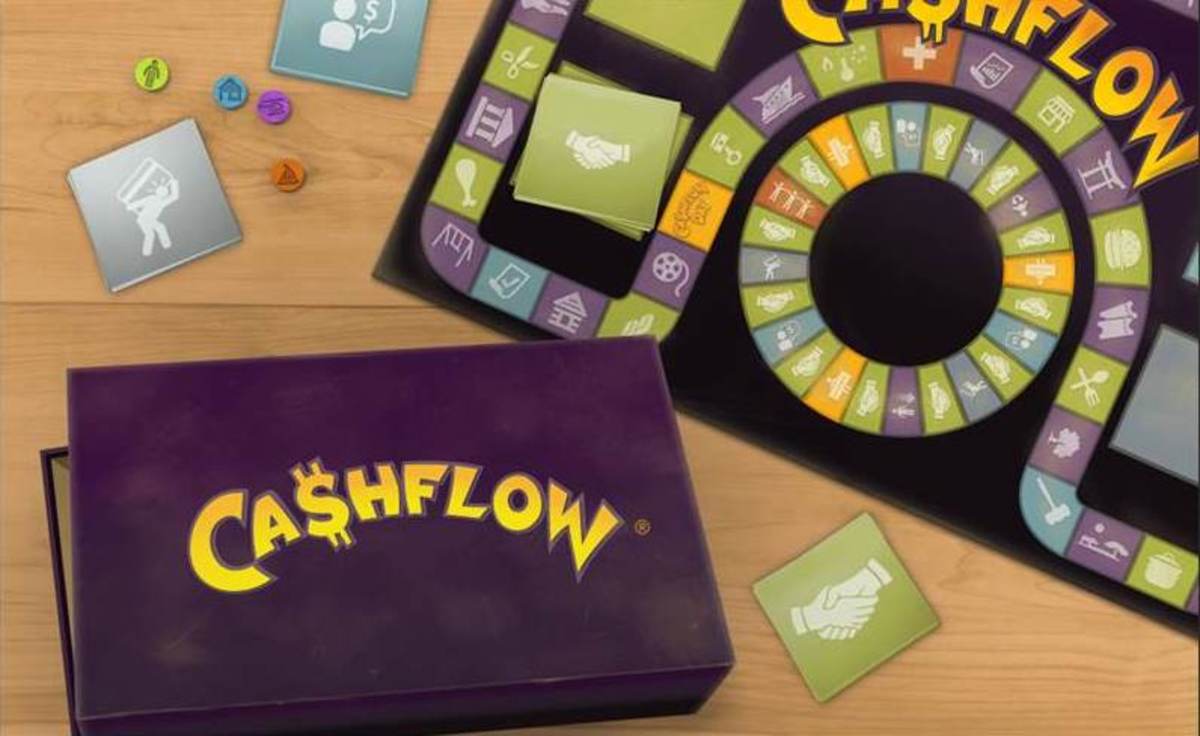- HubPages»
- Games, Toys, and Hobbies»
- Computer & Video Games»
- Online Video Games
Analytical Game Review of NieR: Automata
NieR: Automata was released in North America on March 7, 2017 for PlayStation 4 and March 17, 2017 for PC on Steam. The game was produced and published as a collaboration between PlatinumGames and Square Enix, with director Taro Yoko and producer Yosuke Saito, the musical compositions of Keiichi Okabe, and character designs of Akihiko Yoshida. The development of NieR: Automata was first announced at the Square Enix E3 Conference in June 2015, along with the first conceptual trailer showcasing the broad desolate world in which the game is set, as well as the mysterious heroine, later revealed as the character 2B. The first gameplay trailer was presented at Paris Game Week in October 2015, demonstrating the game’s stylish combat and maneuvering features. It has been well received worldwide for its sophistication in mechanics, design, and storytelling, while still being playable and fun for the casual gamer. Over two million copies of the game were sold worldwide within the first year of its release (Muncy 2018).
The game is set in our own world, albeit thousands of years into the future, allowing for travel and exploration on a multitude of planes and environments and a variety of gameplay styles, from combat to shooter-style “hacking” mini-games. The narrative purposes philosophical questions on mortality and “humanity” of androids and robots—inorganic, but still “living” entities. The player—taking the role of an android— is left to ponder the reason for following orders and continuing to rage war on the machines.
On NieR: Automata’s official site, it is described as an “open world action RPG (role-playing game).” The game’s setting is a desolate and forsaken version of our world, “connected seamlessly through a beautiful environment one would never want to leave. It extends across many different world locations,” (Square Enix). It is a beautifully vast land; each location is a hollow shell of a civilization. Humanity has been expelled from the land, and any aspects of human life familiar to the player are portrayed as nothing but an ancient remnant of the past. The game begins en route to an abandoned factory, and afterward the main character is transported to command’s headquarters located in a bunker in space. Throughout the game, the main characters traverse a vast desert, an abandoned amusement park, and a grand castle in the forest to uncover new clues and gain new advantages during the war.
NieR: Automata is a game about warring robots and androids, each with different abilities and resolve. The game’s “braided plot” narrative structure allows players to experience the story from the multiple perspectives of androids 2B, 9S, and A2—members of the YoRHa forces fighting in the 14th Machine War. Throughout the game, the player battles to reclaim the earth for humanity by performing a variety of combat styles to eliminate the robots plaguing the land. On the game’s official website, controls are described as “easy and fluid,” allowing the player to perform combinations of light and heavy attacks using weaponry such as close-combat bracers, great swords, and one-handed swords, along with long range attacks using customizable pod programs. As each weapon is upgraded and leveled up, pieces of its origin story is revealed.
The first run of NieR: Automata is played from the perspective of 2B, a battle unit who is descending to the surface of the earth to meet with 9S at the start of the game. 2B is a tough warrior with conviction, but when she and 9S begin encountering strange machine lifeform behavior, her beliefs begin to waver. She is my favorite character, because despite the circumstances of war and her efforts to conceal her emotions, she still finds herself caring about what happens to those around her.
When players becomes 9S in the second route, they access different abilities in the form of new “hacking” gameplay, where the player tries to hack into machine life forms through miniature shooting arcade-style games. The plot of the second play through is a repeat of the first, but since it is experienced from 9S’s point of view as a scanner model, a new narrative behind the same story is revealed. By completing the “hacking” mini-games exclusive to 9S’s route, the player obtains access to new “YoRHa server records,” containing secrets about the role of YoRHa members in humanity’s war against the machines, including references to one of NieR: Automata’s preceding titles, NieR (2010). With this new information, 9S becomes conflicted, unsure whether or not to share what he learned with 2B.
As 2B and 9S complete missions together, they encounter A2, who has become a rogue deserter of YoRHa. A new mystery around this war arises, as the two speculate the reason why A2 abandoned the war. The third play through of the game acts as the “next chapter” in the story, continuing from the point where the first two routes finished. In this chapter, players finally become A2, one of the early original YoRHa attack units, and they discover her motives for desertion. I am in my third play of NieR: Automata, so I have only just began to explore A2’s character. All I will say is that every preconceived notion I had about her prior to now is beginning to change.
In role-playing games, a huge part of player experience is “becoming” a character and building an empathetic connection. The player’s strategic decisions and actions directly affect the main character’s wellbeing, so that the player and protagonist become unified within the game. When the avatar takes damage, visuals may become impaired, as if the player’s own sight had been affected by the attack. The player is urged to put his or herself in the place of the main characters and search for their purpose and place fighting in the war, and what impact he or she may have on the world by participating. Since NieR: Automata is a single-player game, the only interactions with other players in its gamespace emerges in the form of discarded android bodies left unable to be retrieved after a player’s death. This adds to the perpetual lonely, war-ridden mood, and exchanges with non-player characters (NPCs) are the only interactions made with “other androids” within the game.
Transitions between the bleak mood of this deserted world and the quaint spirits in machine- and android-inhabited areas are exquisitely demonstrated through NieR: Automata’s soundtrack, which was composed by Keiichi Okabe at Monaca Inc. At an interview PAX East 2018, Okabe described the importance of the voice in each track, “The musical track, what's behind the vocals, expresses the situation and the world and the lore, but the vocals are what give the emotion,” (Prell). The power and number of voices used in a song change the ambiance of environment where it is played. I found it interesting that in some places where songs had previously played with only the instrumental track during the game’s first route, vocals were added in the next play through of the game. The additional vocals built up new feelings, like a second, more evolved perspective. I also love the work Emi Evans, who provided much of the vocal and lyrical work on the soundtrack in NieR: Automata, reviving her original “chaos language” written for the first NieR’s soundtrack. Evans’s made up language is meant to sound like a futuristic, modern language evolved from an amalgamation of current existing languages, but seem ancient to the era of the game (Napolitano 2010, Bailey 2017). The use of vocals manifests the feeling that events in the game may just be shadows of the past.
The character designs in NieR: Automata, fashioned by Akihiko Yoshida, are stylish and meant to appeal to the masses. New character costumes that included designs from the original NieR were included in the first DLC, released on May 2, 2017. However, many have scrutinized the provocative nature of the additional outfits, as well as 2B’s default uniform. I think Dylan Siegler put it best—female characters do not have to seem seductive to be amazing characters, but, “[I]t’s also good to have a character to show that women can be sexy AND badass, should they so choose. The two don’t have to be mutually exclusive,” (Siegler 2018). In an industry where women still struggle to find realistic representation, I believe that visual presentation of a female character is not indicative of her presence as a whole. Good characters are complex and not evaluated by their appearance, but at the same time, a fun design makes the game more enjoyable for those who play it and catches the attention of those who do not.
The design for 2B was actually one of the major contributing factors toward my fascination for NieR: Automata. I already had some interest in the game because of relation with lore from the Drakengard trilogy, but what really grabbed my attention at the time of NieR: Automata’s release were the amazing costumes produced by fans within the cosplay and gaming communities. As a member of the cosplay community, I have seen so many interpretations and alternate adaptations of the characters come to life, and even I wanted to take a stab at making my own 2B cosplay from scratch. Many of my friends and role models have dedicated hours and weeks to working on their costumes and reenacting scenes within the game because they love the characters so much.
The characters in NieR: Automata have beautiful designs, but their struggles with identity and morality are what truly make them lovable. The android protagonists are soldiers who kill enemy machine lifeforms, but their resolve begin to waver when they discover the machines have built “lives” and “culture.” In the game, none of the characters ever actually ponder their humanity, because none of the characters are human. This unsaid question of humanity is instead filled with “questions about war, and family, and what it means to be alive without any clear purpose and without even the opportunity to die gracefully,” (Muncy 2018). By interacting with the machines the protagonists have affected, the player eventually realizes the irony behind these human-like existential queries. Players are left to reflect on what it means for themselves, to be human. By acknowledging the deeds of the protagonists and the aspirations of the machine lifeforms, NieR: Automata highlights the guilt and consequence that comes from war and choosing to take action.
There are a total of twenty-six “endings” in NieR:Automata, one for each letter of the alphabet. The first five endings, A-E, are the true story endings reached after completing each play through. The remaining twenty-one joke endings can be achieved at multiple times throughout the whole game, by breaking away from current objectives. Several of the gag endings can be achieved should the player decides to desert battle, a result of the player “breaking” the rules.
NieR: Automata is definitely a “serious game,” which prompts players to reflect upon its humanistic and anthropologic themes from an “active user perspective.” Killing and fighting are just meant to be “fun” for the player and a necessary objective for the character, but as the story progresses, players begin to see the significance of violence and destruction within the world of the game. In an interview regarding killing in some of the Drakengard and NieR games preceding NieR: Automata, director Taro Yoko comments, “[Y]ou don’t have to be insane to kill someone. You just have to think you’re right… games are a medium that allows the player to find their own answers,” (Clauson 2014). In NieR: Automata, players are subtly encouraged to reflect on what it means for killing to be the means to an abstract end. The characters are stuck in an endless cycle of death and violence, but rather than feeling like glorified war heroes, they want nothing more than for it to end. Taro Yoko emphasizes that games about mass killing cannot rightfully have a happy ending, yet while playing the game, players cannot help but feel sympathy for the protagonists, despite their flaws, and hope they would break free from their cycles of violence (Bee 2017, Muncy 2018).
The violence acted out in the game will likely not directly translate into real life action for most players, but depending on how far into the game a player may be, he or she may have a different interpretation of the characters and their motives. Because the characters are so sympathetic and human-like, despite being androids, players may identify with them on a variety of levels. The way players interpret the game differs for each individual. Choices made in the game—like who to kill and who to spare, or which side-quests to pursue or neglect—ultimately lead to different outcomes. Perhaps the player prefers to slaughter enemies just because the feeling of victory is fun, or he or she may choose to help with the minor quests to play the role of a benevolent ally. Complex games such as NieR: Automata allow players to take control of their own experiences, explore the world of the gamespace, and make the story their own.
NieR: Automata is a top-tier game produced by a team of venerated developers and writers. One may expect the game to be limited to “hardcore,” expert gamers, but this is far from the truth. Director Taro Yoko specifically kept casual players in mind in the creation of NieR: Automata, so that players of all skill levels would be able to enjoy playing (Muncy 2018). Adults, young adults, and teens of all genders are able to play the game well, regardless of ability or experience. I am not an avid gamer, but I have come to love playing this game, at my own pace. NieR: Automata is truly a game with so much to offer so that anyone can enjoy playing it.
Works Cited
Bailey, R., Jr. (2017, April 20). The Music Behind NieR: Automata – An Interview With Emi Evans. Retrieved from https://thekoalition.com/2017/the-music-behind-nier-automata-an-interview-with-emi-evans
Barder, O. (2017, March 20). Taro Yoko On 'Nier: Automata' And His Disappointment That Video Games Have Yet To Conquer The World. Retrieved April 15, 2018, from https://www.forbes.com/sites/olliebarder/2017/03/19/taro-yoko-on-nier-automata-and-his-disappointment-that-video-games-have-yet-to-conquer-the-world/#607593ee34ec
Bee, A. (2017, May 04). Nier: Automata – how a 'weird game for weird people' became a sleeper hit. Retrieved April 15, 2018, from https://www.theguardian.com/technology/2017/may/04/nier-automata-sci-fi-game-sleeper-hit-designer-yoko-taro
Buy NieR:Automata™ Standard Edition. (n.d.). Retrieved April 15, 2018, from http://store.steampowered.com/app/524220/NieRAutomata/
CLAUSON, J. R., AlphaBovine. (2014, May 21). Drakengard 3 Director Taro Yoko Discusses Killing In Video Games. Retrieved from http://gamechurch.com/drakengard-3-director-taro-yoko-discusses-killing-in-video-games/
Egenfeldt-Nielsen, S., Smith, J. H., & Tosca, S. P. (2016). Understanding video games the essential introduction. New York: Routledge.
Lindsay, E. B. (1999). The Internet Movie Database (IMDb)9952The Internet Movie Database (IMDb). The Internet Movie Database Ltd, http://www.imdb.com. Electronic Resources Review, 3(5), 56-57. doi:10.1108/err.1999.3.5.56.52
Meet PlatinumGames' NieR:Automata team! (2016, July 15). Retrieved April 27, 2018, from https://www.platinumgames.com/official-blog/article/8997
Meet PlatinumGames' NieR:Automata team! Part 2. (2016, August 19). Retrieved April 27, 2018, from https://www.platinumgames.com/official-blog/article/9018
Muncy, J. (2018, April 13). Behind the Mask With Yoko Taro, Videogames' Most Interesting Designer. Retrieved April 15, 2018, from https://www.wired.com/story/yoko-taro-nier-automata/
Napolitano, J. (2010, May 10). Deep into NieR: Interview With Vocalist and Lyricist Emi Evans. Retrieved from http://www.originalsoundversion.com/deep-into-nier-interview-with-vocalist-and-lyricist-emi-evans/
NieR: Automata. (2017, March 07). Retrieved April 12, 2018, from http://www.metacritic.com/game/playstation-4/nier-automata
NieR:Automata. (n.d.). Retrieved April 13, 2018, from https://www.platinumgames.com/games/nier-automata?age-verified=51576df4c6
Okabe, K. (2018, March 07). Nier: Automata's composer Keiichi Okabe reveals the secrets behind the action RPG's award-winning soundtrack. Retrieved May 07, 2018, from https://blog.eu.playstation.com/2018/03/07/nier-automatas-composer-keiichi-okabe-reveals-the-secrets-behind-the-action-rpgs-award-winning-soundtrack/
P. (2015, July 05). NieR -SQUARE ENIX E3 Conference (JAP). Retrieved April 30, 2018, from https://www.youtube.com/watch?time_continue=1&v=Z9Q07XBcgxc
Prell, S. (2018, April 12). Ever heard of a 'wet' soundtrack? Nier: Automata's composer says it helped set the game apart. Retrieved from https://www.gamesradar.com/ever-heard-of-a-wet-soundtrack-nier-automatas-composer-says-it-helped-set-the-game-apart/
Siegler, D. (2018, March 08). How was 2017's Depiction of Women in Video Games? | Attack of the Fanboy. Retrieved May 14, 2018, from https://attackofthefanboy.com/articles/how-was-2017s-depiction-of-women-in-video-games/
Square Enix | NieR:Automata. (n.d.). Retrieved April 13, 2018, from https://www.niergame.com/gb/
Wan, Z. (2018, January 19). Endless Playlist: NieR: Automata Raised the Bar for Video Game Soundtracks. Retrieved May 7, 2018, from http://twinfinite.net/2018/01/nier-automata-soundtrack-endless-playlist/
Webster, A. (2017, March 10). Nier: Automata is strange, thrilling, and totally worth your time. Retrieved April 15, 2018, from https://www.theverge.com/2017/3/10/14875244/nier-automata-review-ps4-steam

